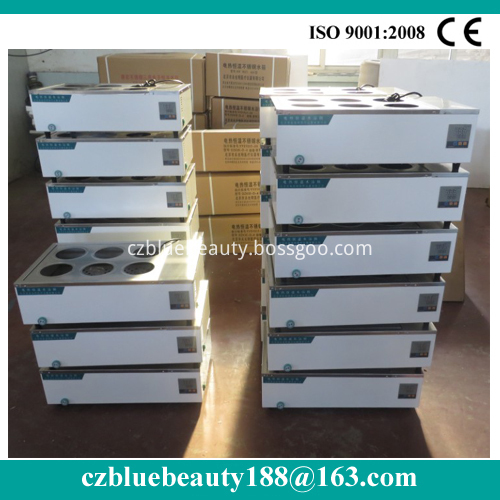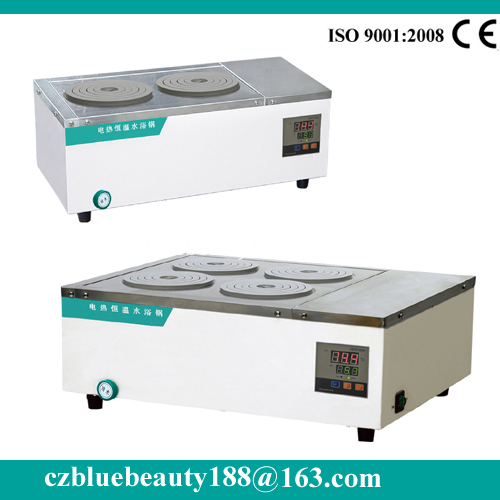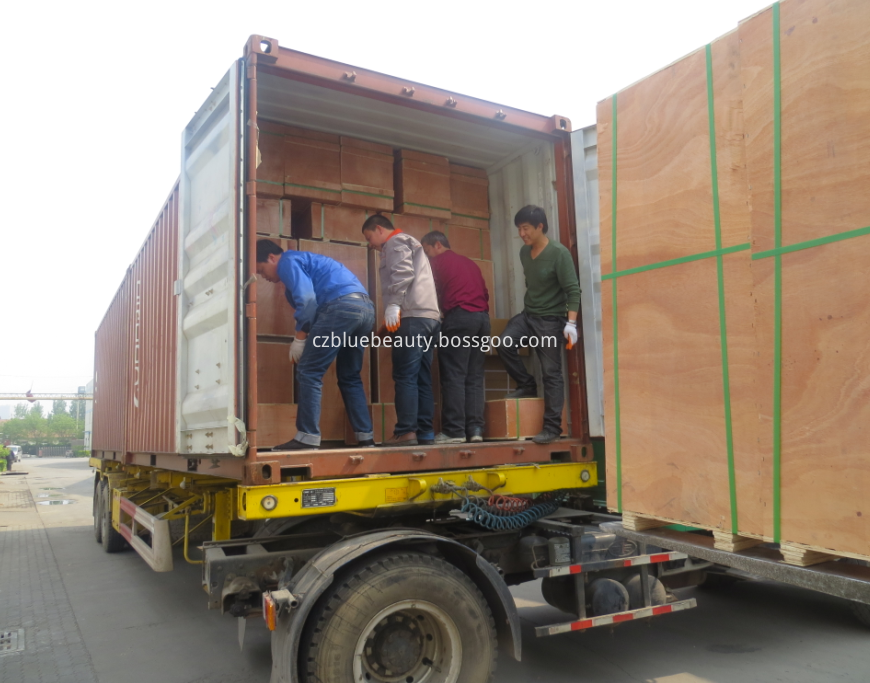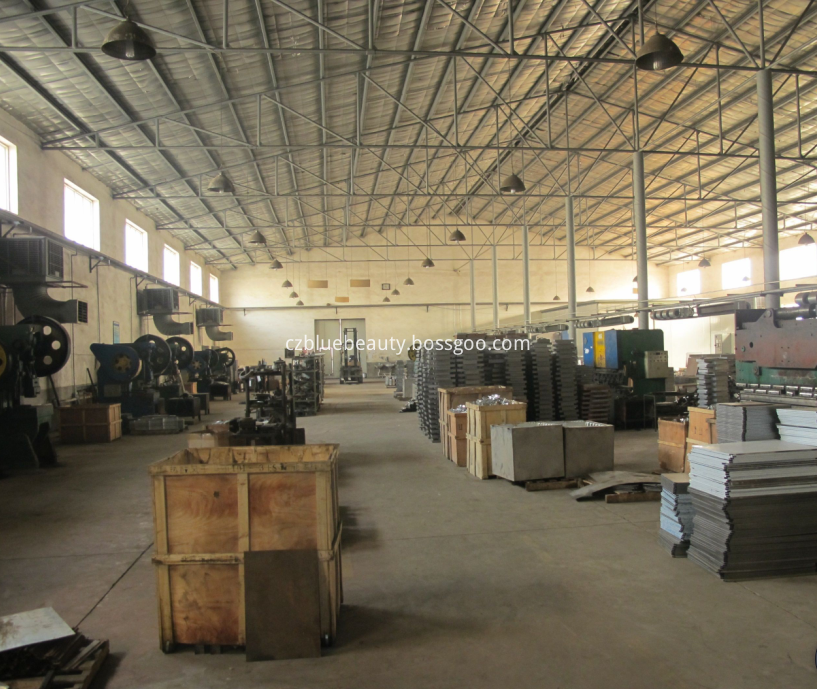Cultivation Techniques of Allogynogenetic crucian carp
1. Fish breeding pond conditions
Fish ponds generally require an area of ​​3 to 20 mu and a water depth of 1.3 to 2 meters. The fingerling pool must be dry and exposed to sunlight to remove excess silt, but the surface must be kept 5 cm thick; the bottom of the pond should be leveled, pool dams and drainage The channel is in good condition. Lime clear ponds were used 10 days prior to planting and the amount was 150 kg/mu. Or bleaching powder clear pond, dry pond (with water 5 to 10 cm) amount of 15 kg per mu, Quanchiposa. In some areas, the soil is fertile, and the water in the old ponds and new ponds is quickly fattened, and the general fish ponds can be fertilized or sparingly applied.
2. Breeding methods
(1) Master
Among the cultivated winter fish species, the cichlid crucian carp was used as the main fish, and other fish were mixed and polycultured.
Many localities have gained a lot of experience in raising silver oysters. If there are 8750 tails (about 4 centimeters in length) of the silver oyster summer flower (about 4 centimeters) per mu, it will account for about 58% of the 15,000 total stocks. After 138 days of feeding and management, 3 to 5 kilograms of large-size fish species can be harvested. Among them, heterogenetic silver cocoons accounted for about 44% of the total output (an average of 150 kg per mu, and the survival rate was 89%).
(2) Polyculture
Different species of fish have different or different food habits, and their habits differ from each other. Fishes such as herring, grass carp, clams, oysters, clams, scorpionfish, and oystercatchers can be polycultured to achieve Give full play to the potential of pond water production and the rational use of feed, thereby increasing the yield per unit area of ​​the pond. However, if rearing silver oysters, it is generally not polycultured or placed in oysters, herring, or grass carp.
More than one species of fish species
Approximately 200 kg of silver carp was produced per acre, with a specification of about 25 grams per tail. For example, the results obtained in a pond with an area of ​​4.75 acres and a water depth of 2 meters or more. The stock of 18,287 fishes was stocked per acre, of which 9473 were reared with silver oysters, 5236 were grass carp, 3157 were carp and approximately 420 were carp. After feeding for more than 190 days, a total of 566 kilograms of fish were produced per acre, including 195.8 kilograms of allogynogenetic crucian carp, accounting for 34.7% of the total production; 224.8 kilograms of carp, accounting for 39.7%; 104.5 kilograms of grass carp, accounting for 18.4%; Fish is 41 kg, accounting for 7.2%, and its economic benefits are considerable.
2 adult fish pond polyculture
In the adult fish pond, about 1,000 alfalfa hybrid silver carp species are cultivated in the fish pond. When these summer fish species are mixed with grass carp, herring, eel, carp, and other economic fish, they do not need any special feeding and management. At the end of the year when the fish is harvested into commercial fish, about 20 kg of large-size allogynogenetic silver carp species are additionally obtained for stocking in the following year.
3 white field breeding
In order to raise fish in the white field, we must first strengthen the fields around the fields and open up the ditch in the fields. In general, 10,000 algae, silver carp, 1,000 grass carp, and 5000 silver carp were stocked per mu. Restocking time is usually from late April to early August. After stocking summer fish species, prevent ducks from entering Baitian. We must also do a good job of preventing escapes and spills. After picking the pods, the dried leaves and stems should be removed in time to prevent them from rot and oxygen consumption in the fields. During high temperatures, new water should be added to the field to maintain a higher water level. Feeding should be based on local conditions and the degree of feeding of the fish. If the feeding period is 5 months, about 150 kg of feed per acre will be required. From the end of October to the beginning of November, ditch fishing, about 70 kg (70/kg) of silver oysters, 10 to 13 kg of grass carp and 34 to 36 kg of carp.
3. Daily management
Adhere to the morning and evening patrol to observe changes in water color and fish activity. Inspect the food court and food counter once a day to understand the fish’s food intake and determine the amount of feed for the next day. Frequent cleaning of the food table, disinfection of food table and foodstuffs with bleaching powder every 15 days. Do a good job in cleaning the pond environment, remove weeds from the pool, grass residues in the pond, and corrupt dirt. Timely water injection to improve water quality. For ponds with a per mu yield of more than 300 kg, an average of 3 kilowatts of aerators will be provided for every 6 to 7 acres of pond water in summer. Regularly check the growth of fish, do a good job of preventing floods from flooding and preventing fish diseases. In the hot season, every 20 days or so, 1 lime is thrown into Quanchi, and the amount of 15 to 20 kg per mu is used. It can improve water quality and prevent the occurrence of fish diseases.
Use maintenance
A: The amount of clean tap water into the studio Water Tank, place the container.
B: Power on.
C: Select constant temperature:
Set the temperature "setting - measurement" selector switch to "Settings", adjust the temperature control knob, digital display the required set temperature.
Set the temperature "setting - measurement" selector switch to "measurement", the figure shows the actual working temperature of the water tank (red indicator light, indicating the heater work).
D: work is completed, the temperature control knob at the minimum, cut off the power.
E: If the water bath pot is not used for a long time, the water in the studio water tank should be excluded, wipe with a soft cloth and dry.
F: Do not use the heater in the water bath without water
|
Model
Specs |
Single hole
DZKW-D-1 |
Double holes DZKW-D-2 |
One line four holes DZKW-D-4 |
One line six holes
DZKW-D-6 |
Double line four holes DZKW-S-4 |
Double line six holes DZKW-S-6 |
Double line eight holes DZKW-S-8 |
|
Rated power(W) |
300 |
500 |
1000 |
1500 |
1000 |
1500 |
2000 |
|
Work voltage(V) |
220V 50Hz |
||||||
|
temperature Uniformity |
≤±1℃ |
||||||
|
temperature fluctuation |
≤±1℃ |
||||||
|
Temperature control range |
TR+10~100℃ |
||||||
|
Control temperature sensitivity |
≤±1℃ |
||||||
|
Indication Error |
≤±2℃ |
||||||



Factory:



Water Bath,Laboratory Water Bath,Shaking Water Bath,Lab Water Bath
Cangzhou Blue Beauty Lab Instrument Co., Ltd. , https://www.czlabinstrument.com